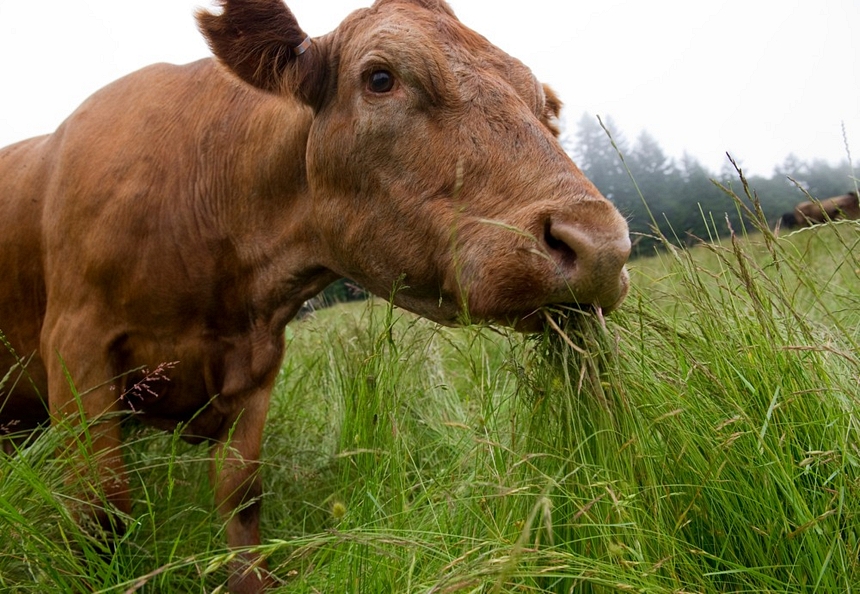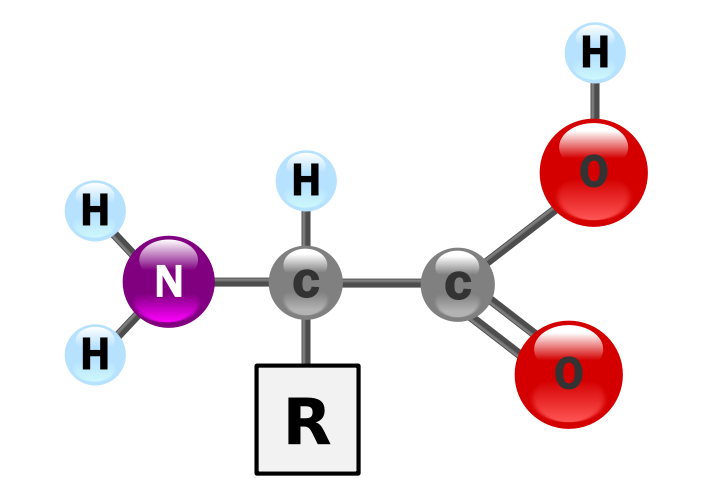Edible Veggie Tops
Every week I get a box of vegetables from Farm Fresh to You and recently the box has had a lot beets and carrots. I love the vegetable part but a trip to Marks Daily Apple reminded me that I could be eating the tops of the vegetables as well. Who knew? The following is an excerpt from Mark's Daily Apple on edible vegetable tops. Click here for the full article. Enjoy!
It can be easy to forget that the green tops of many vegetables are not only edible, but truly delicious. Beets, carrots, radishes and turnips often show up in supermarkets with no greens attached at all, and that’s a shame. When cooked and served with their greens, these veggies become side dishes with an amazing array of earthy, sweet, pleasantly bitter and peppery flavors.
Beet greens are probably the most familiar within this bunch. Turnip greens are a little more delicate but have a similar flavor. Radish greens are milder than the radish itself but still a bit peppery. Carrot tops are slightly pungent and herbal. All of these greens can be cooked in a variety of ways: sautéed or stir-fried with oil or animal fat (bacon is always delicious with greens), thrown into soups, chopped up raw and served in salads or thrown into smoothies.
The easy recipes below are eye-opening examples of how delicious veggie greens really are. After a few bites you’ll never have the urge to chop off the tops and throw them out again. You’ll also feel cheated when you can’t find the vegetables with their greens attached at the grocery store.
Next time you’re at the farmers market (where all vegetables keep their green tops) talk to vendors about their favorite edible veggie tops and how they like to prepare them. A whole new world of dark leafy greens will open up.
Recipe Tip: The stems of greens are optional eating; they’re often too chewy and tough to be enjoyable. Either pull the leaves from the stems or just cut off the bottom portion of the stem where no leaves are attached. Try to buy organic and make sure to wash all vegetable greens really well. It usually takes a few rinses in cold water to remove all the dirt and grit.
Read more: http://www.marksdailyapple.com/edible-veggie-tops/#ixzz2JaKNh2gk














 2. Seed oils are extremely high in monounsaturated fatty acids (MUFAs) and polyunsaturated fatty acids (PUFAs) at varying ratios, all of which are prone to oxidation, PUFAs most significantly. You wouldn’t cook with fish oil, would you? Why would you want to cook with other oils that are very high in PUFAs? Even beyond PUFAs, MUFAs are pretty easy to damage as well (olive oil is very high in MUFAs).
2. Seed oils are extremely high in monounsaturated fatty acids (MUFAs) and polyunsaturated fatty acids (PUFAs) at varying ratios, all of which are prone to oxidation, PUFAs most significantly. You wouldn’t cook with fish oil, would you? Why would you want to cook with other oils that are very high in PUFAs? Even beyond PUFAs, MUFAs are pretty easy to damage as well (olive oil is very high in MUFAs).